Earths Mass and Global warming
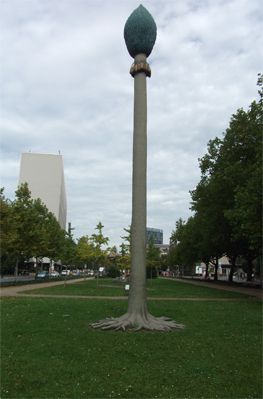

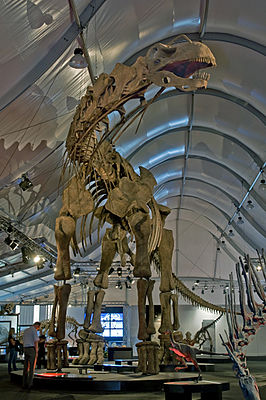
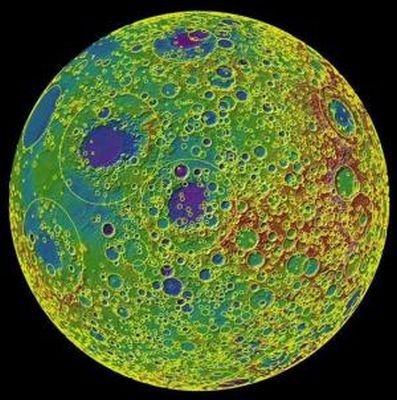
Prehistoric Sigillaria tree (reconstruction), Horsetail of today , Argentinosaurus huinculensis (please note the man on the left). impact craters on the moon(Credit: NASA/LRO/LOLA/GSFC/MIT/Brown)
It is hard to understand that no one has outlined the following facts till today. Only an almost static description of our solar system by physics science makes this comprehensible. Since today’s physics assumes that solar energy stems from fusion processes inside the sun, physics must assume an almost static mass of the sun in the time scale we are interested here. Similarly static must be in this case the mass of earth, because otherwise the radius of earth’s orbit would have varied considerably over the past. This is due to the fact that the product of earth's mass and the mass of the sun directly determine the radius of earth’s orbit around the sun in Newton’s gravitation formula.
Ever since astronomy is practised as a science, astronomers and geologists have corrected their assumptions on earth striking meteorites and cosmic dust to a higher level. In the thirtieths of last century when physics agreed upon that the energy that heats the sun stems from fusion processes in the sun the nature of the craters on the moon was not known. Impacts of meteorites on earth were not investigated.
This assumption by physics leads to the absurd fact, that other sciences - such as palaeontology(2) or geology(3) or biology(4) - are going round in circles since decades.
Today science assumes a total fall of meteorites (inclusive cosmic dust) of 107-109 kg per year. (original works here or here) This may seem a lot at the first glance, but there is evidence that these numbers must get corrected further. Since the sun is hit by a similar mass multiplied by the mass of the sun (332.000 earth masses) this means that nearly one fourths of earths mass has hit the sun in the last 4.5 billion years (this would equal the loss of mass through emmision) and on earth 4.5 * 1018 kg. This well noted if todays assumptions are correct. But it is likely that earth has won in mass also by another fact: bio-mass. Todays common assumption is that the energy which the sun emits to earth is not reflected in a win of mass. Maybe this does not recognizes the fact that plants are able to convert a certain amount of this energy into plant material.
Every archaeologist can tell you that you only have to dig into the earth to find artefacts of previous centuries. In Geology there is a simple law that the further you penetrate earth the older the sediments become. If this is not the case a later disturbance must have occured. It is simple common knowledge that coal sediments were formed deep down in earth and oil sediments are buried deep down in earth.
The reason why it is not common knowledge that earth has won in mass by extraterrestrial material since its existance, is the fact that earths crust has been shifted, broke up, covered by volcanic eruptions, has been subject to warping and faults. Wind, glacier, erosion further complicate the picture...
There are many facts that indicate a greater dynamic and that the mass of earth has grown in the last 100 million years
(Not to be confused with the following description should be the aquatic environment (walhes etc..). Totally different constrains reign here.)
(Short explanation: A planet with lower mass has lower gravitational attraction, 1 metric ton = 1000kg)
- the giant herbivore dinosaur species (sauropodes) could not have existed in today’s gravity conditions. If they wouldn't have been crushed by their own mass, enormous forces would have been necessary to lift their neck or tail or to simply move. Every step on not rocky soil would have resulted in deep impresses. All this would have resulted in a giant need for plant nutrition. It is questionable that this need could have been satisfied. Downloadable scientific study to this subject. (abstract here)(some of these species had masses 20 times the mass of an elephant and four times the length of the biggest elephant ever shot.)
- it is extremely questionable that flying dinosaurs (Pterosaur) with wingspans in excess of 10 meters could ever have taken off from ground. The proposal that they always climbed to higher locations to start flying is not reasonable (they had extremely short legs). The today postulated extinction of the dinosaurs by a single meteorite fall on peninsula Yucatán (or some few...) or volcanic eruptions or reduced oxygen (which is semi-compatible to solar fusion energy theory) is not able to explain this and all following facts.
- Unenlagia (meaning "half-bird" ) is because of its weight (around 40-100kg) not subsumed under the early birds, but under Dromaeosaurides. This although Unenlagia was extremely birdlike and feathered. The shoulder girdle of Unenlagia shows adaptations for flapping, the arm bones show all adaptions needed for flying and folding of the wings. In some aspects Unenlagia is even more similar to modern birds than Archaeopteryx, which today is considered as the most primitive bird and early ancestor of all birds. (it is interesting to view other bird like dinosaurs under this aspect! But also the 5m long Austroraptor Cabazai, weighing around 200 kg. Is this an analogy to todays flightless birds?)
- It is inconceivable that under todays gravitational conditions the giant dinosaur eggs could have been layed without breaking. Drop height was too big with the sauropodes. The principal problem that eggs must be hard enough to withstand the fall in laying but break easily in hatching is not solvable.
- A big enigma for science are mating habits of Dinosaurs in general. If we think of giants with 100 tons or 50 tons (100.000 kg/50.000kg ) under todays gravity conditions, this enigma becomes unsolvable.
- As a study in 1993 of Columbia University to the neck structure of Diplodocides showed Diplodocides would have needed a heart of 1,6 tons (1600kg) to wear their neck erected. Similar statements can be made concerning the other herbivore dinosaurs. Shell we now assume that they swoon everytime they tried to reach some higher positioned leaves? Quite in contrast if we assume lower gravitational attraction at those times, a rather normal heart would have done the job.
- The incredibly heavy and in some species more than 8m long neck was more than one time subject of investigations. Researchers found air-sacs in the bones which reduce the weight by 10%. This reduces the weight of the neck from 4.5 metric tons to 4.05 metric tons, which is still the weight of an adult elefant.
- The skulls of some dinosaurs extended as much as one third of the body length and were up to 2.5 meters in length. The extremely bony and heavy skulls were provided with a ball and socket joint between the skull and the top of the backbone. Extending from the base of the skull was a spherical ball of the size of a men's wrist (occipital condyle). Even with strongest supporting muscles it is questionable that this joint could stand the forces excerted under todays gravitational conditions.
- also in the world of insects and flying insects giant species (e.g. giant dragonflies with wingspans of 75cm and more or giant flies ) dominated. It is totally inconceivable that these flying insects had a chance to fly (and take off!) or to rest on water-plants under todays gravity conditions. But also the not flying giant insects of these times (e.g. giant spiders or grasshoppers) are hard to conceive under todays gravity conditions.
- Since Darwin one of the biggest questions in science and a not solvable enigma: how can it be that very diverging species started flying in prehistoric times ? There are numerous hypothesis which all suffer from the fact that they are inconceivable under todays gravitational conditions.
- but not only animals had a tendency to giant growth in this time, also plants with giant dimensions can be found today as petrifications. Since some of these species can be found till today on earth, a constant miniaturization can be observed (see pictures above). A vague notion of such giants can be felt today by viewing the north american giant redwood trees (Sequoia sempervirens or Sequoia gigantea some 1,300-3,200 and more years old. Some of these trees reached nearly the physically possible hights. Sequoia sempervirens up to 120 m.).
- it should not be necessary to mention the fact that there existed also small animals (e.g. predecessors of mammals) and plants at this time. But there must be a reason if giant species prevale at a certain time or in other words, if these giant species are today extinct. Especially can one single impact - or some few impacts - not explain why in the world of plants today so many giant species are extinct or exist today only as miniaturazations. Further did newer investigations show that the different extinction events are not so sharpely localized in time as previously thought.
- The whole process of extinction of the biggest land animals repeated in earths history, some examples: after the dinosaurs some mammals (eg Indricotherium during the Eocene to Oligocene or Deinotherium from 65 million to 2.6 million years ago or Titanotheriidae around 56–34 million years ago ) grew to a maximum size of 20to and 17to resp. and up to 2.5 m in height, in Miozene and Pliocene the Gomphotheriidae were up to 3m in hight , thereafter Mammoths (from Pliocene epoch to approx. 4,500 years ago) to a maximum size of 12to (compared to todays Elephants with 7to)(5).
- flightless birds - ratites - live or lived before their extinction on all continents: Ostrich, Emu, Nandu, Elephant Birds(3 meters in hight), Moa etc. Although their flight apparatus and muscles don't allow them to still fly today, it is not to exclude that with lower gravity they were able to fly. If we consider today still flying big birds like the Condor, a considerable reduction in wing span and wight can be found in petrifications. See also Late Quaternary prehistoric birds.
- other indications for a warming up in the last 5000 years can be seen in the north movement of advanced human civilizations in the european-asian region: starting with Egypt, Babylon, Persia with Persepolis as centre, over the Greeks and Romans to the highly industrialized nations France, England, Germany (and north Italy). It is simply a question of the climate that productivity is not that high in southern countries today. In the Americas a similar north movement is to observe: Mayas, Aztecs with the USA as today’s advanced civilization and in the southern hemisphere the Incas in Peru and Equador. Although this increase in temperature was surely not big, it is a temperature range where mankind is sensitive.
- many more indications exist for which todays science has no appropriate explanations, e.g. petroglyphs in Sahara that show animals of more moderate regions etc. etc...
- the ice-ages can not fully get explained by Milankovitch-cycles nor by CO2 variations. Although we are just beginning to understand some of the more complicated interactions (gulf stream, El Nino, La Nina, methane-ice..) these effects can not fully explain the extend of involved climat variations.
- the moon constantly moves a measurable distance away from earth (3-4 cm/year), although moon and earth gain constantly in mass. The only possible explanation for this you can read here.
- Earth plays a similar shielding role for the moon as the Sun and Jupiter play for earth what concerns meteorites and asteroides. If earth wasn't geologically and biologically (corals etc.) active, there would be no reason why earth shouldn't show a similar picture as the moon what concerns impact craters. Even Mare Imbrium on the moon is an impact crater (with traces of this impact on the far side of the moon. Van de Graaff crater) This is today scientific consensus. Earths atmosphere has a minimal effect at such impacts. A new survey of september, 2010. By the way: there are researchers that disagree to this study. List of craters, features, maria, mountains and valleys on the moon.
- NASA: " If you were living on Mars, chances are that within 10 or 20 years, an impact would occur close enough to where you live that you'd notice it -- perhaps you'd hear the impact and it would startle you out of your seat."
- The earth is moving away from the sun.
Biggest dinosaur ever discovered
Fossilized bones of a dinosaur bigger than Argentinosaurus have been unearthed in Argentina. Scientists believe it is a new species of titanosaur. According to the AFP report the chief of the palaeontologic museum in Trelew, Ruben Cuneo, said that it was 40m (130ft) long and 20m (65ft) tall and did weigh more than 100 metric tons. This is as heavy as 20 African elephants. You can visit the museum here, which specifies the weight on his website to 80 metric tonnes. Here you can read the BBC report (the BBC as the scientific authority it surely is rejects the weight estimation of the argentinian researchers. They have their own weight estimation with 77 (metric) tonnes (watch the video!) But it seems the BBC estimation is very questionable since Argentinosaurus is already estimated in newer calculations as having 83 (60-88) tonnes and ten percent more would mean at least 91 tonnes.). But: "The picture is muddied by the various complicated methods for estimating size and weight, based on skeletons that are usually incomplete". This one is rather complete, dear BBC.) . More photographs here: 1 2 3 4 5 6 7. (MEF)
But also the fossilized plants on the site are very interesting in our context. They "show that the landscape was quite different compared to the present-day Patagonia. Almost 100 million years ago, there were huge trees with a lower stratum rich with flower plants" in full diversification.
Btw, the BBC headline is not quite correct: An even bigger dinosaur with approx. 150 metric tonnes had been unearthed in 19th century in the US. But the bones have been lost. Oddly enough these gigantic bones disapeared sometime around 1945-1970 or even later . And obviously a contemporary illustration in the 'Scientific American' (1884, see below) is considered as unreliable in the US.

Photo: MEF
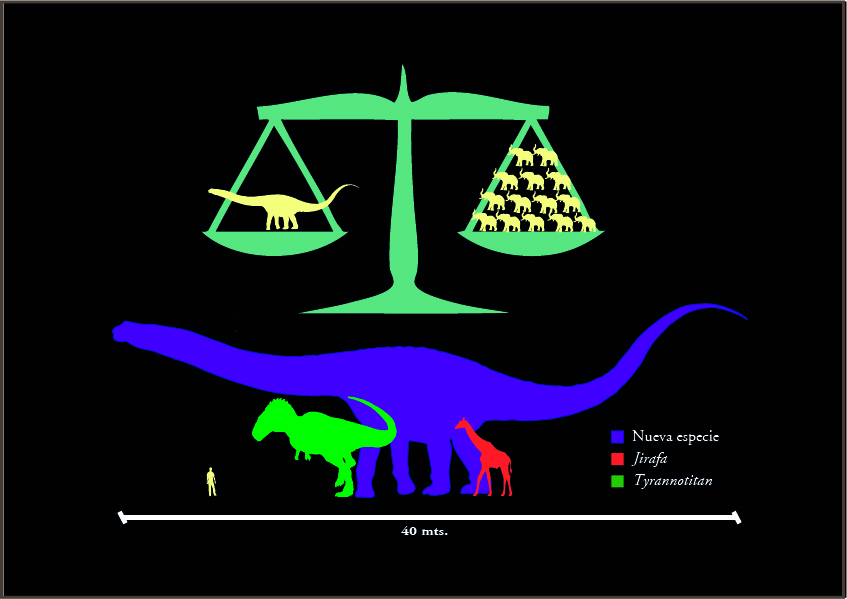
Illustration: MEF
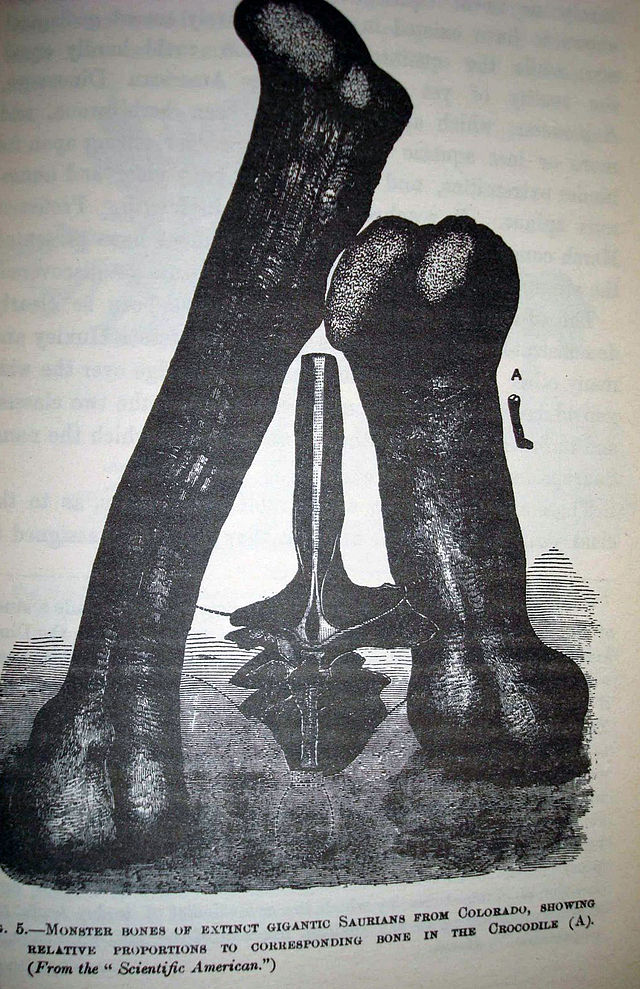
Although billions of craters exist on the moon in
this video only craters that are
larger than 20 kilometers in diameter are mapped to colors.
Blue indicates low elevation, and red indicates high elevation on the lunar surface
(5,185 craters larger than 20km).(Video: NASA/LRO/LOLA/GSFC/MIT/Brown)
This description shell in no way comment, critisize or diminish the conclusions and consequences of the actual global warming discussion. It shell only express the oppinion of the author that todays description of our solar system and the universe by physics is much too simplified.
(Many more on the german page to this subject. Please apologize that this is only an abstract but there are so many technical terms in the german text that a translation is hard to do. And use Google translate only if you're interested in word salad.)
Sorry, many of you search for a forum here. But since maintaining a forum costs a lot of time and I haven't got this time you won't find one here.
Copyright © R.Cooper-Bitsch 2010 page uploaded 2.8.2010
- Tomasz Owerkowicz (University of California, Irvine) et al.: The Journal of Experimental Biology, Bd. 212, S. 1237, doi: 10.1242/jeb.023945
- http://www.sauropod-dinosaurs.uni-bonn.de/index.htm under gigantism.
- http://adsabs.harvard.edu/abs/2005AGUSM.P21D..18M
- only as an example the maximum possible mass of birds
- compare also this study of University of Calgary published in Nov.2010: Science 26 November 2010, S 1216-1219: "The Evolution of Maximum Body Size of Terrestrial Mammals"," Maximum mammal size increased at the beginning of the Cenozoic, then leveled off after about 25 million years", Abstract here: http://www.ucalgary.ca/news/november2010/mammals
Bookmark this site, nearly everyday there
are some news!![]()
![]() mailto a friend
mailto a friend
Share this page
If you wish you can use one of these Social Network links to share or bookmark this site.
- del.icio.us
- Netscape
- Yahoo MyWeb
- StumbleUpon
- Technorati
- BlinkList
- Newsvine
- ma.gnolia
- Windows Live
- Tailrank
- Slashdot
- Digg it
- Furl
